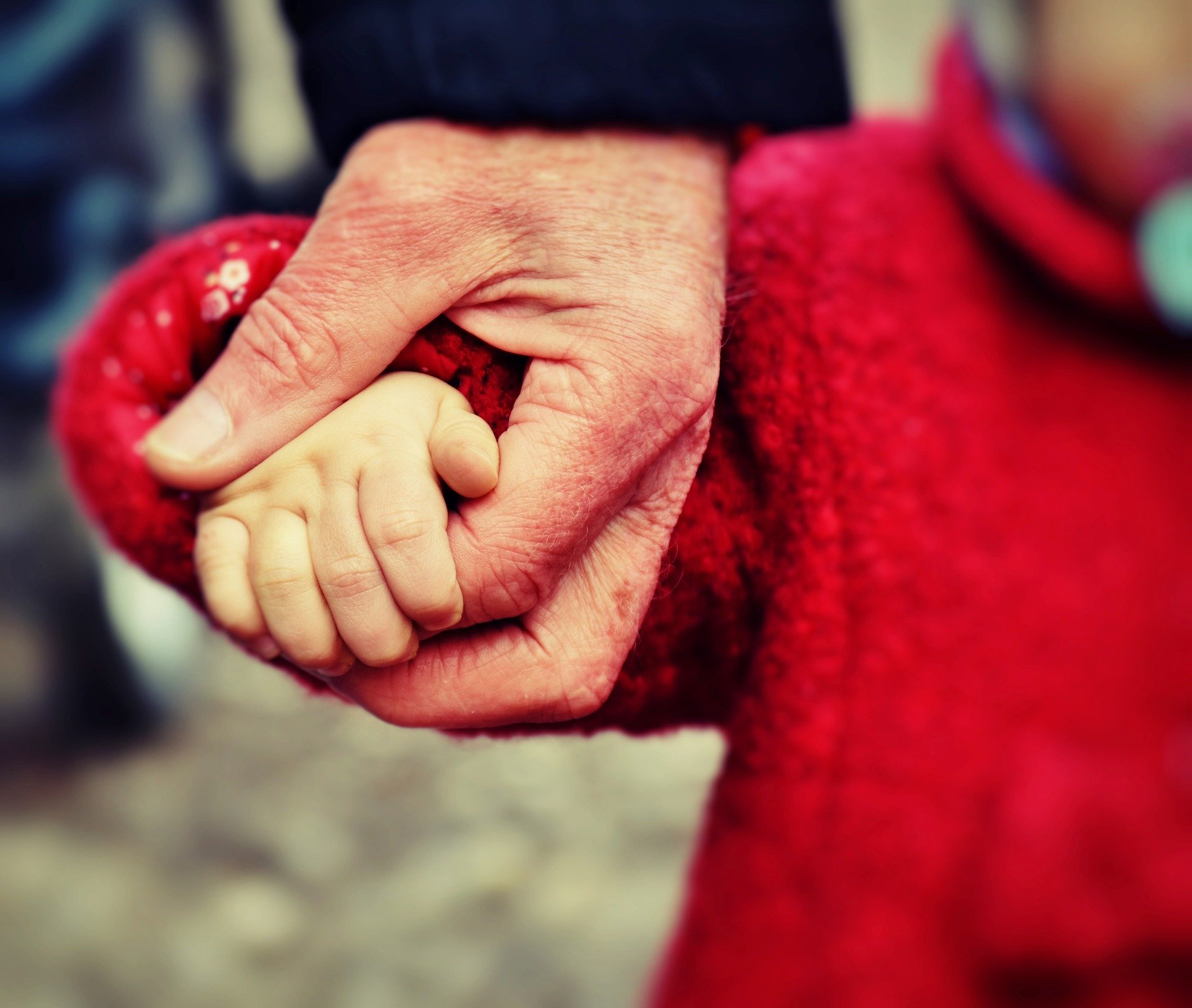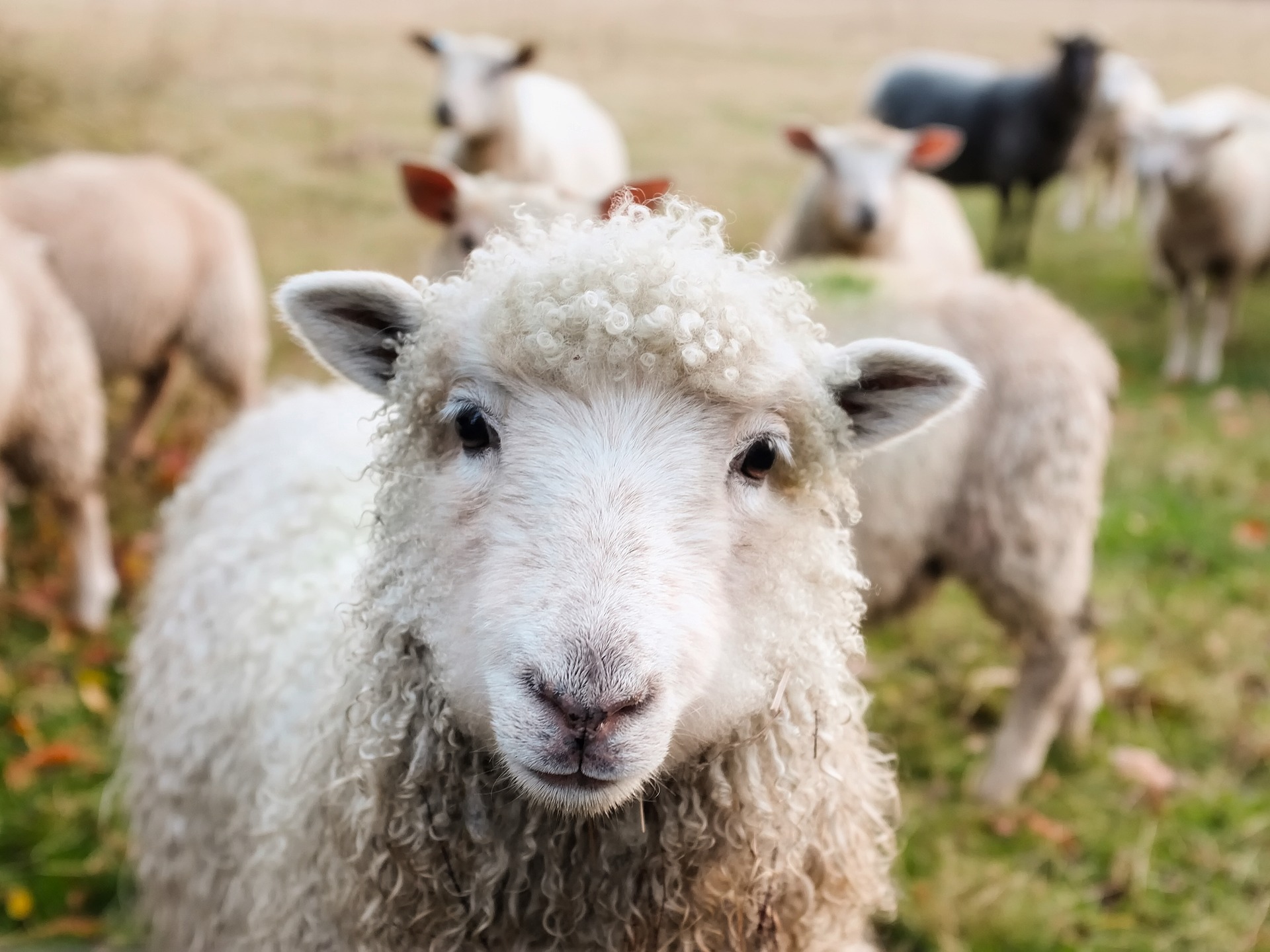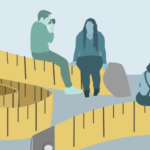What are Blue Zones?
Explorer, Earth trekker, researcher and journalist, Dan Buettner partnered with National Geographic in 2005 to investigate human longevity in relation to geography.
The outcome from over five years of research was the premise of “blue zones,” the communities on the planet with the largest population of healthy centenarians (people who live to 100 +), living without medication or disability.
The five Blue Zone they designated are:
- the Greek island of Ikaria
- the Japanese island of Okinawa
- the Italian island of Sardinia
- Costa Rica’s isolated Nicoya Peninsula
- the 7th Day Adventist community of Loma Linda California
Is there a Fountain of Youth?
There was no fountain of youth. They do not have special “longevity” genes, nor do they take any “miracle drugs,” but these elders present with similar patterns within their care for their mind, body and spirit.
Even with their various cultures, languages, and diets, the research showed they had a few things in common.
Namely that all the centenarians had gardens and grew much of their own food, eating seasonally and mostly a plant based diet.
They also had livestock and lived in a community with animals.
The diets ranged due to the ecology, but they all consumed more plant fiber than meat, with some local fish in the communities that lived on islands.
Because all of these communities lived in mild climates, with an extended growing season, it was easy to have a variety of seasonal foods for much of the year.
They enjoyed a diverse, rather than a restricted diet, including grains, beans, dairy, and fermented beverages such as wine. They did not eat processed and packaged food.
Plus, these elders got plenty of exercise and sunshine.
The common thread to their longevity was working in the garden, tending the animals, and most importantly, they all had a healthy community with strong support.
These communities would gather regularly, so these elders were never isolated. The centenarians are respected and are revered by the youth as wise contributors to their society, giving them a sense of purpose.

What can we learn from this?
In the US, what I referred to as an “over-developed” nation, we take pride in having more of everything. Yet we can’t seem to create more time or extend life.
As a country obsessed with adverting death, investing millions in technology with the hope to reverse aging and keep the Grim Reaper at bay, we keep missing the mark.
We live in a culture over run by chronic disease, depression, dementia, and dependency on pharmaceuticals. Our elders are not revered, with most of them tucked away in facilities since families do not “have the time” to care for them.
Most of us do not live on farms, grow our own food, or even spend quality time outside everyday. Plus we definitely have lost touch with the growing seasons and somehow survive (but do not thrive) by eating processed food-like products.
With this unfortunate dilemma stacked against us, is it possible to shift our ways in the greater US and create a Blue Zone here?

Replicating Blue Zones
Dan’s research evolved even further in the attempt to create more “Blue Zones” here in the US.
Over ten years ago, in 2008, Buettner designed a plan to apply his Blue Zones principles to a town in the United States. This was inspired by Finlands’s North Karelia Project.
After auditioning a few towns, he chose Albert Lea, Minnesota. The program would focus on “the ecology of health,” creating a healthy environment rather than relying on individual behaviors.
By simply educating the community to apply the basic principles of exercise, eating whole food, and spending time outdoors, the results according to the Harvard School of Public Health, were “stunning”
As a whole, the community showed an 80% increase in walking and biking; 49% decrease in city worker’s healthcare claims and 4% reduction in smoking. The community shed 12,000 pounds, walked 75 million steps and added three years to their average life expectancy. City officials reported a 40% drop in health care costs.
This work is clearly making an impact, but none of these areas have become “Blue Zones” (at least not yet).
What if the secret to human longevity is deeper that what we are observing on the surface, or that there is something else influencing the metabolic health of these centennials?
I suggest we look a little deeper….deeper into the body to the part of us that is unseen

The Microbiome and Longevity
Our microbiome is not “breaking news” and has presented a unique answer to understanding our immune system and the key to prevent illness.
The microbiome is the DNA sequencing of our community of microbes that live within and upon the human body, called the microbiota.
The way I like to look at the microbiota (and their genetics – the microbiome), is as an intricate microcosm that resides inside its selected “host,” namely the human body.
In order to keep the host alive and healthy, this “parasitic” entity must thrive. If the human microbiome has co-evolved with its human host for millions of years, there must be essential criteria to keep both alive and free of disease.
So what does the microbiota (microbiome) need in order to keep the human host alive and thriving?
The microbiota is supported through eating “prebiotic” fiber, mostly found in plant food, as well as from spore microbes found in the dirt (gardening). We also have found that adequate sun exposure feeds the microbiota, as does living along side other animals through which we share commensal microbes.
I believe that Dan’s research can actually validate the cutting edge research of metagenomis (the science of our microbial DNA), by observing how the microbial diversity and health is different amongst communities that live in these Blue Zones
Let me share just two examples….

Feeding the Microbes
The diet of these centenarian communities were not just based on a “Whole 30” or “Paleo” model, it was simply a diet based on what was available according to the seasons, what was growing locally in their gardens, and what was eaten by their ancestors in the region they have personally lived in for 100 years.
Our frenetic culture, that is always on the go and spends most of our lives indoors, has completely lost touch with the seasons. Food from all over the world is available at a store at any time of year. This confuses our microbes!
Just like the seasons, our microbiome shifts throughout the year, with certain microbes that need grains & grasses in the fall and early winter, and more fruit in the summer, certain plant fibers in the spring and other plant fibers in the summer.
Because we eat the same foods all year round, (and too much of them), we have starved out some essential microbes and stressed out others in the community.
Most health advocates would say “restrict your diet” such as gluten/wheat free or dairy free, however there are important microbes that utilize these foods at certain time of the year.
Within these Blue Zones, these centennials do not “restrict” their diet, they just ate local and seasonal diets. Therefore they have a diverse microbiome, and the more diverse the microbiome the healthier the human host, the longer the host will live.
According to studies, humans with the most microbial diversity, had the most impressive metabolic health.
As for diversifying our microbiome, we need community.
Microbiome samples within our culture is showing an ecosystem lacking in diversity.
Is this because many people live in isolation, or that families are fragmented? Of possibly due to the fact that very few people have farm animals, with less and less human and animal connection.

The Need for Community
We have learned through studies that primates whom live in more diverse communities, have more diversity of microbes.
For example, a study of nursing primates showed that the mothers that raise children within a community have a more diverse microbiome in their breast milk, compared to mothers who were more isolated. (You can learn more about this here)
Another study from 2014, compared homes of families that lived with animals and those that did not, with some interesting results.
Historically, children in the US were presenting with higher risk of allergies and inflammatory diseases, after families moved from the “dirty” countryside to concrete cities with chlorinated water, sanitized food and no livestock or animal husbandry.
When the microbiome and dust samples were collected in homes where families did not have pets, there was a “microbial desert”. It turned out that families that had cats were far richer in microbes, and even stronger with those with dogs.
“Dogs carry microbes from the outdoors to the indoors, offering us a bigger library of species with which to populate our developing microbiomes.”
Our animal companions actually support our children’s immune system. All the communities in these Blue Zones cared for animals
Also, human communities are essential. Community gatherings were prevalent in these Blue Zones. These elders depended on socially gatherings with friends and family, to give them both purpose and connection.
This may be why the Loma Linda, California community of 7th Day adventist was labeled a Blue Zone. Not only did they farm and practice animal husbandry, but they also gathered in worship and depended on community support as part of their lifestyle.

Shifting the Focus From One to Many
What if we shifted our focus to the microbial community within us instead of focusing on individual human host, would this change how we live, eat and treat our bodies?
If you could image you are not simply a human body, but a “planet” hosting a multitude of species that live symbiotically within you, would you be curious to know how to feed them and support them? What if this was the key to live and feel healthy for over 100 years?
I believe that that if we can shift all this human longevity research to researching how we can support our “invisible life force” inside us, then these microscopic creatures can live in symbiosis or “mutualism” within us.
Remember, the opposite of symbiosis is “dysbiosis” and microbial dysbioisis is truly the root cause for our country’s ailing health and lack of longevity.
If we returned to our ancestral knowledge and learned how to care for our microbiome, then and only then, can we crack the code and will live longer, healthier lives.


 Read Previous Post
Read Previous Post
